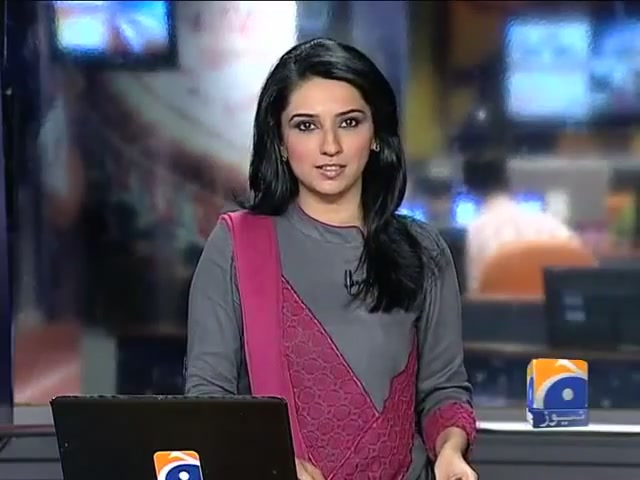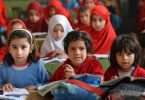
Internews Network (CC)
Reported with assistance from Anmol Sheraz, Nazish Muzaffar and Syeda Quratulain, from the University of Peshawar.
In an unrelenting patriarchal society, women in Pakistan are pushing boundaries and proving their worth in the field of journalism.
Girls outnumber boys by far in media studies, but there are severe discrepancies when women enter the workforce.
The International Federation of Journalism (IFJ) report on Media and Gender in Pakistan (2015) reported only 20 women journalists in the north eastern Khyber Pakhtunkhwa area compared to 380 males.
Women in Pakistani media began in the backseat roles of production and programming, and have slowly made their way to more prominent positions.
A reporter for Aaj TV, Farzana Ali Khan, said it wasn’t until after the year 2000 that women assumed more active roles.
“The sudden explosion in the media…with the advent of private TV Channels and FM radios, as well as many new publications saw a spike in the number of women in the media,” Khan said.
Women are increasingly represented in unions, and in 2015 the Karachi Union of Journalists (KUJ) recorded 200 female members.
In the same year, the Rawalpindi/Islamabad Union of Journalists (RIUJ) recorded almost 500.
But despite these advancements, women are still outnumbered by their male counterparts and face many cultural and gender issues.

Ayesha Bakhsh, GEO TV
Female news reporter at Samma TV, Fatima Nazish, said strict cultural requirements in Pakistan restrict what women can and can’t report.
“[when] you live in such a culture where females are mostly restricted to the household, it’s difficult to work outdoors,” Nazish said.
TV news reporter and writer for Jung Group, Nadia Saboohi, said even the way women dress can be an issue.
“I once wore inappropriate clothes (half sleeves) while covering a meeting… my bureau chief got a complaint [saying he] should [no longer] send any female[s] to report about them,” Saboohi said.
Women in Pakistani media remain constant victims of discrimination in the workplace, with lower wages, poor working conditions, job insecurity and are subject to sexual harassment.
“Once inducted in this field, women are assigned ‘soft’ beats. Most women also prefer on-desk jobs rather than field work to avoid late working hours…on account of security and travel related problems,” the IFJ report said.

IFJ Report 2015
BOL TV Journalist Sidra Azhar Dar said most problems stem from their male colleagues, who still believe the profession is “not respectable” for women.
“They are fine [if] you are doing soft beats like women’s and child health, education, etc. but the moment you so much as try and step on their beats, especially crime and politics, they get threatened,” Dar said.

IFJ Report 2015
Women journalists in Pakistan are rarely represented in higher positions, including editor and editor in chief, and content is generally overseen by an all- male board of members.
They are also separated by a significant gender pay gap, earning on average $436 per month – 13.8% less than their male colleagues.
Female journalists in Pakistan have continued to push boundaries and assume more prominent positions in their field.
However, cultural issues still remain the biggest hurdle for gender equity in the workforce.





